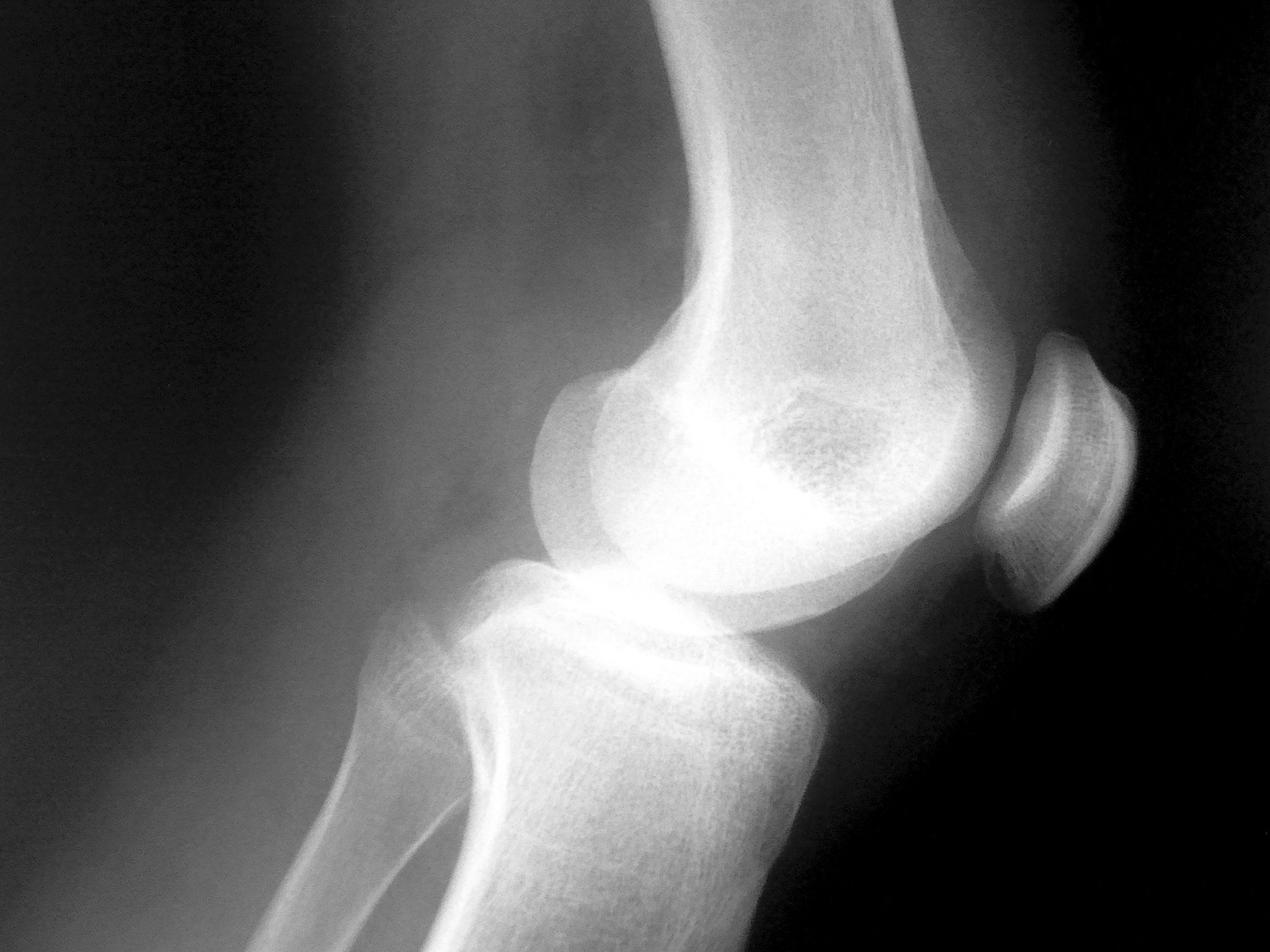Adenosine Injected into Arthritic Joints Produces Cartilage Regrowth; so says the press release regarding a study cited at: https://doi.org/10.1038/s41598-020-68302-w. This is a promising outcome; between 50% and 35% regrowth in mice injected with a liposomal formulation of Adenosine. This formulation was not a commercial product, but formulated in the lab a day before the injections. The results were compared to empty liposomes, saline and a commercially available agonist of the Adenosine A2 Receptor on cartilage cells (chondrocytes). Either Adenosine or the receptor agonist spurred cartilage repair in a mouse model of osteoarthritis. It’s not ready for the clinic, but on the horizon. So, Adenosine lands on the A2 cell receptors and turns on a process by which chondrocytes orchestrate the rebuilding of the cartilage layer on the end of bones.
“Our latest study shows that replenishing adenosine stores by injection works well as a treatment for osteoarthritis in animal models of the disease, and with no apparent side effects,” says lead study author Carmen Corciulo, PhD, a postdoctoral fellow at NYU Langone.
I’m wondering if Adenosine Monophosphate (AMP) wouldn’t do the same; it’s readily available as a supplement, is available as a liposomal spray, might possibly be made available as a sterile injection, and if topically applied with DMSO, might be able to enter the joint capsule of the knee, which would get around the injection issue.
ATP (Adenosine Triphosphate) is enzymatically reduced to ADP (adenosine Diphosphate) and to AMP and then to Adenosine in the extracellular space in joints normally. But apparently this process slows with age and at some point regeneration fall behind the rate of damage. In studies where Adenosine is removed from the joint synovial fluid (the slippery fluid in a joint capsule that lubricates and nourishes the cartilage), or in knock-out mice who can’t make the stuff, the joints rapidly degrade (in youth for the KO mice).
Another thing that is striking to me is that an earlier study exploring the connection between Adenosine and OA was published in May of 2017; this latest study is similar if not the same in many respects. How can it take 3 years to rediscover the same outcome, and not yet have a therapy ready to go? Could it be that there will be no profit until a patented drug is discovered and FDA approved, which is a 5-10 year process and can’t be obtained on a natural substance. And how about doctors being able to order a suitable injection bolus from a Compounding Pharmacy, and using without FDA approval? How about simply supplementing with ATP or ADP or AMP, thereby increasing the raw materials the body already knows how to deal with.
I have two well-worn knees that protest strongly an painfully when I work out on “leg day”. I think I will try sublingual liposomal AMP and see if my knees like it. I’ll report my result at some point in the future.
To Your Greater Health and Fitness; that we might do good on Earth,
Frank
Frank Wilhelmi – Retired/consultant electronic engineer researches and reports practical strategies for optimizing health and fitness into advanced age. “I have a passion for living life to the fullest, and helping others to do the same.” A rapidly growing body of knowledge now enables us to extend our health and fitness decades beyond popular expectations.

